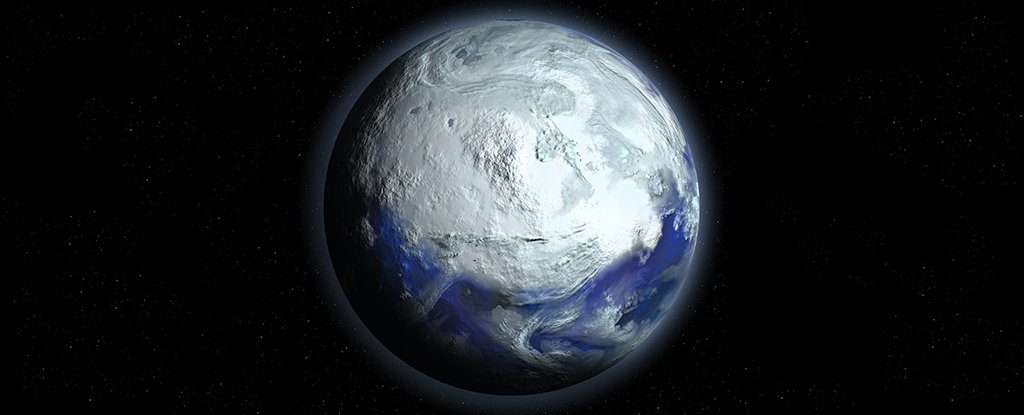Over half a billion years ago our planet experienced the mother of all ice ages. One that not only turned Earth into a giant snow ball, but, according to new research, probably gave complex life the kick in the pants it needed to flourish.
Organic molecules found trapped inside sedimentary rocks from the Australian outback hint at a global algal bloom that followed the ice's melting, one that laid the foundations for a biological revolution.
For a long time the Earth was owned by simple microbes that lacked complex internal structures. In a cell-eat-cell kind of world, their basic forms dominated over any competition.
Clearly a lot has changed in the past few billion years, but there hasn't been much evidence telling us what turned the tables.
Research led by the Australian National University (ANU) used preserved hydrocarbon biomarkers to gauge the precise timing of complex photosynthesising organisms known as Archaeplastida first appeared on Earth.
"These molecules tell us that it really became interesting 650 million years ago," says lead researcher Jochen Brocks from the ANU.
"It was a revolution of ecosystems, it was the rise of algae."
Simple, bacteria-like microbes were the first to start soaking up the sunshine and turning it into hydrocarbons roughly 3.4 billion years ago.
Not a lot changed in the next billion years as these microbes slowly chewed up carbon dioxide and belched out a bunch of oxygen.
Then Archaeplastida happened. In simple terms, a large species of microbial predator developed a habit of swallowing up cyanobacteria without digesting them, and a groundbreaking partnership was formed.
Molecular clocks suggest this union occurred around one to two billion years ago, giving rise to the world's first eukaryotes. As clever as the trick was, it was no match for the tiny solar powerhouses.
Knowing something about how the numbers and diversity of the algae changed over time would provide a more detailed picture of when and why ecosystems evolved into a rich diversity of producers and consumers.
Unfortunately such tiny cells don't leave fossils behind when they die, so it's hard to know a lot about their abundance.
But their phospholipid membranes do leave traces of organic material. Measuring the ratios of the various molecules can give researchers a clearer idea of the diversity and size of algal populations.
In this instance the team discovered an increase in diversity and abundance of the Archaeplastida that coincided with a gap between two significant climate events in Earth's history, also called the Sturtian and Marinoan 'snowball Earth' glaciations, some 659 to 645 million years ago.
Both of these glaciations occurred during the Earth's Cryogenian period, a time when ice regularly stretched from the poles to the equator in the form of massive glaciers.
At the time of the bloom in algae identified by the researchers, glaciers were receding after covering much of the planet.
"The Earth was frozen over for 50 million years," says Brocks.
"Huge glaciers ground entire mountain ranges to powder that released nutrients, and when the snow melted during an extreme global heating event rivers washed torrents of nutrients into the ocean."
Connecting the dots, it's reasonable to think the flood of chemicals such as phosphates released from the weathered rocks eased the competition for resources, seeding a population explosion that allowed evolution to go to work.
Without those conditions in the middle of the Cryogenian period, complex life could have taken a lot longer to find the opportunity to find its footing.
Source: Science Alert

Comments
Post a Comment